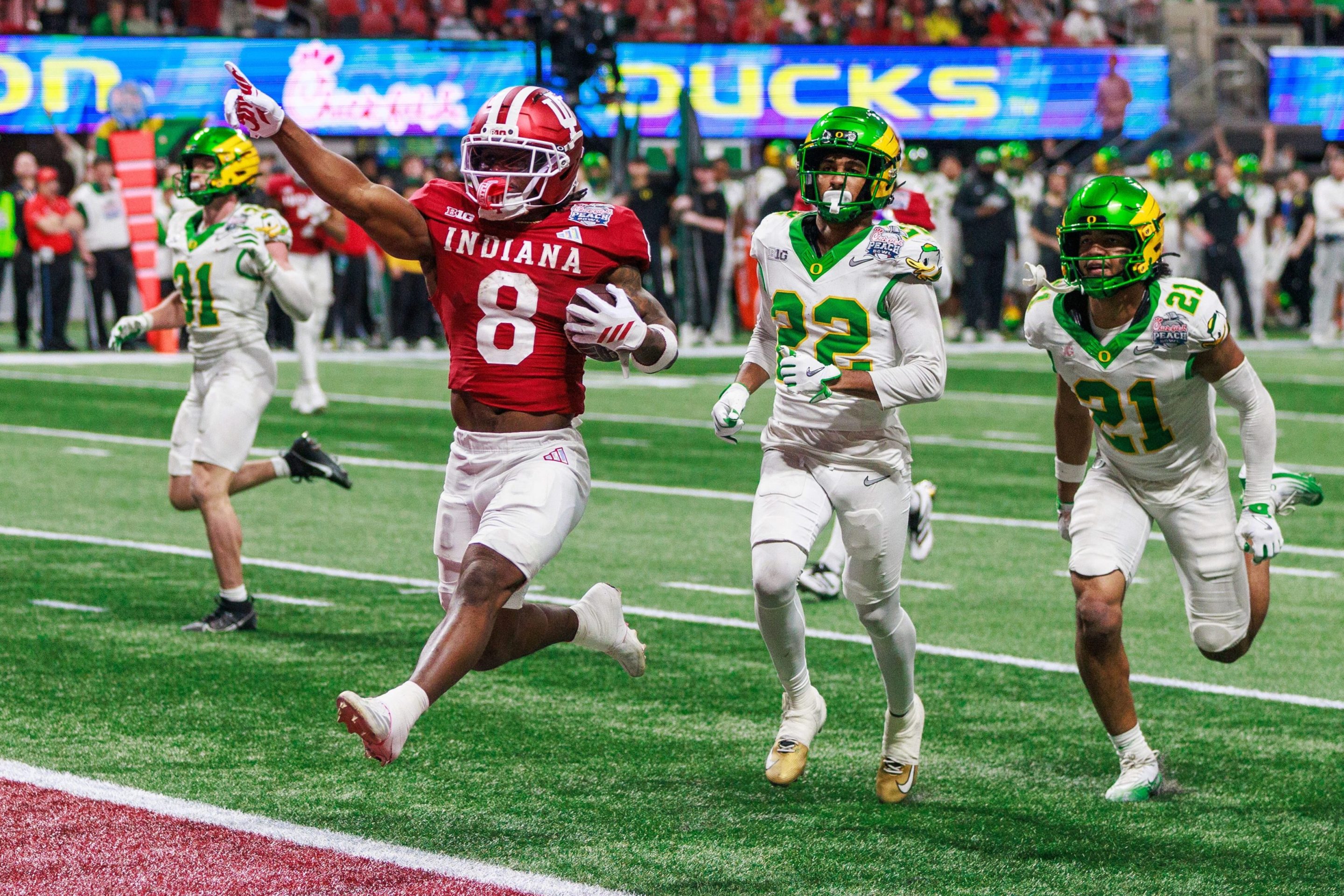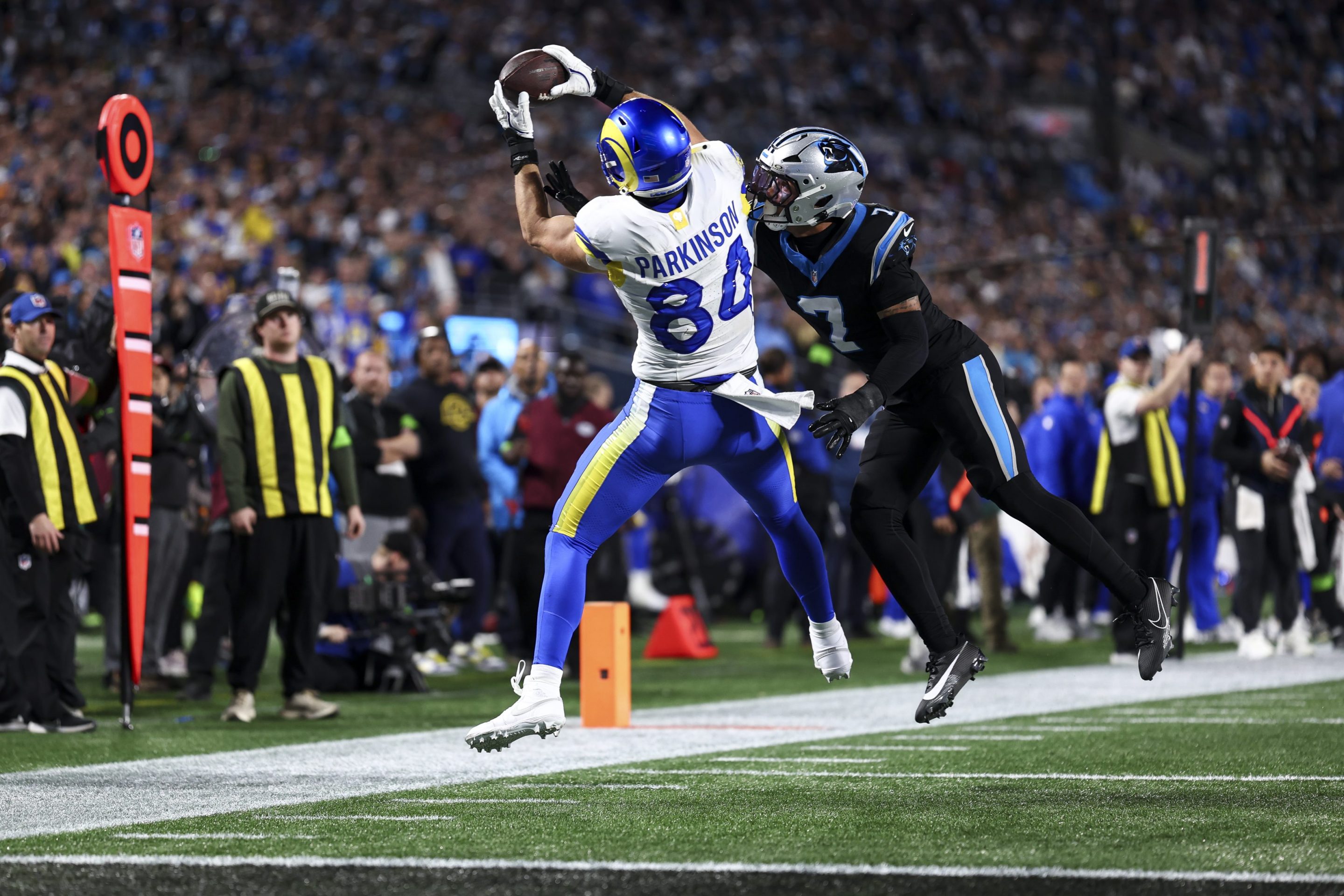To call One Battle After Another the most ambitious film of director Paul Thomas Anderson's career would be a disservice to his filmography. All of his work is marked by ambition, both in the production and thematic elements. From looking at the porn industry in '70s Los Angeles to the California oil boom in the early 20th century to the confusing and conspiratorial '60s as seen through the eyes of a detective as paranoid and baked as the world he's living in, Anderson is constantly expanding the scope and ramping up the audaciousness of his films.
One Battle After Another is another entry in this experiment. What truly tips the scale is everything surrounding the film. This is Anderson's biggest budget yet, a $200 million endeavor with a big studio and a bankable leading man and big promises of thrills and action and suspense. Even more importantly, it is a film about America today, at least in the way Anderson views it.
To get into even the most basic plot summary of One Battle After Another would take its own essay, but the heart of the film is about Bob and Willa Ferguson. Bob (Leonardo DiCaprio), real name Pat Calhoun, was a prominent member of the French 75, a radical left-wing resistance group that staged elaborate and explosive actions to free immigrants from encampments run by the tightly wound, white supremacy–loving officer Steven Lockjaw (Sean Penn) and his MKU military force. Sixteen years after the French 75's planned revolution fell apart, Bob has a new life and new name with his daughter Willa (Chase Infiniti), who tries to live as a normal teenager before her world comes crashing down when Lockjaw re-enters their lives to settle old scores. But beyond the machinations of the plot itself is a complex and sprawling California story about families, history, and what people owe each other.
The movie actually starts with Perfidia Beverly Hills (Teyana Taylor), one of the leaders of the French 75 and Bob's romantic partner, as she is torn between wanting to free the oppressed and dismantle the tools of that oppression, and wanting to be a free spirit and chase her bliss even when that ensnares her into a love triangle between Bob and Lockjaw, which explodes in her face and eventually explodes their revolution. Perfidia's story acts as the film's prologue in a sense: a freewheeling, dreamlike sequence that depicts this firebrand-turned-young mother trying and failing to merge the competing threads of her life. While this section of the movie is just as propulsive as the rest, it also shows what Anderson excels at best: idiosyncratic stories that economically capture characters in their subtle, contradictory fullness.
If it wasn't already apparent from the silly character names or the convoluted plot(s) about ex-hippy radicals in California, One Battle was loosely inspired by Thomas Pynchon's Vineland. Unlike Anderson's first, more faithful Pynchon adaptation, Inherent Vice, the choice here to be less beholden to Pynchon's novel allows the movie to breathe more as its own thing. Both artists are interested in how the personal informs the political and vice versa, in California topography, and in that thin threshold where the funny becomes tragic and the tragic becomes funny. While I will always love and defend Inherent Vice, One Battle is much more effective at uniting the spirit of both Anderson and Pynchon into a single work.
Though the film is long, it has a kinetic rhythm and energy that make it easy to get absorbed in. The story is told over what are essentially three informal sections, each centered around one of the members of the family. After Perfidia's story, we go into Bob's, which is basically a more anxious vision of The Big Lebowski that turns into a '70s conspiracy thriller when Lockjaw and MKU come after him. Then the movie becomes an action film from Willa's perspective when she is taken by Lockjaw, featuring some of Anderson's most exciting and bravura filmmaking, and a sequence that will reorient how you see the rolling highways of Northern California.
The movie isn't exactly some strict political allegory meant to generate discourse; as always, Anderson is more interested in the personal and emotional mania amidst an already unwieldy, chaotic world. In keeping with the personal in mind, this may be his sweetest film, or maybe his most empathetic and endeared story: all about what people mean to each other—what families mean to each other—and the way we have to carry each other's baggage, both willingly and unwillingly, doing so with the best of intentions. I'm reminded of another great character in the film: Deandra (Regina Hall), who generates so much sadness and empathy with how she looks at and regards other characters, especially Willa, and how Anderson photographs those feelings that can't be grasped with words on her face and then frames it in a scene. There's so much love and care all over this movie full of anguish, explosions, and weed jokes.
One Battle After Another is a hard movie to review in its totality, because there's so much happening in every scene. It's so dense, and the world is so richly realized and crafted, that it demands repeat viewings just to take in everything there. Much has been made about the fact that it was filmed in VistaVision, a mostly dead high-resolution widescreen film format that was also recently utilized for Brady Corbet's The Brutalist. Whereas Corbet used the film stock to capture the majesty of architecture, Anderson aims to catch the fullness of a community and a sanctuary town that is perfectly California but also Anytown, USA, making the streets, the locations, and the people themselves bigger and magisterial in his filmmaking. You are fully immersed in the city of Baktan Cross, so much so that you come to understand the map of it through the movie's centerpiece sequence, where a protest breaks out while MKU is hunting down Bob and Willa and harassing the immigrant community. When Sensei Sergio (Benicio del Toro, in one of his best performances) guides Bob through his "underground railroad" of alleyways and trap storefronts and apartments, there is so much humanity and depth and history captured with such ease and economy. A mosaic of images that could all make for an engaging story on their own but feels transformative as one large portrait, akin to Da Vinci's Last Supper. It makes for a gorgeous tapestry of the small revolutions that happen every day when a tight-knit community works together.
Even beyond providing us with a raucous conspiracy thriller for our age and our awful political reality, One Battle is a movie with a lot on its mind, but manages to present it all in a way that never feels scatterbrained or incoherent. The father-daughter relationship is the key to it, of course, and even without knowing, you can tell Anderson is bringing his own relationship to his daughters to the film. There are larger ideas about how people learn to survive under enormous pressure from an authoritarian government, and just how silly the adherence to authoritarian ideals can get. Ideas about what older generations owe to younger ones, and even harder questions about what true revolution entails. But they are poured out from the foundational emotions of what a man's daughter means to him. The questions the film asks aren't answered or solved, but that's never been the point of Anderson's films. They are meant to prick at you and get you worked up, because that's the whole reason the questions are worth asking in the first place.
Anderson is one of the most assured American filmmakers, with a unique pace and patience that he brings to the pictures he makes, and it's fascinating to see that assuredness brought to this big-studio project. There was concern that the demands and limitations of a platform like this might not prove conducive to Anderson's not-particularly-commercial sensibility, but the final product shows that he is enough of a master to make his kind of movie no matter the scale. Whether you personally end up loving or hating One Battle, there's no denying that it is a Paul Thomas Anderson film. It has the velocity and excess of his earlier work with the expert craft, headiness, and spontaneity of his later movies. I don't know if that means it'll make its budget back, but that's never been my business or concern. It is my hope that it succeeds just to show that great craft can go into big studio films and succeed, even when it's not Christopher Nolan doing it.






